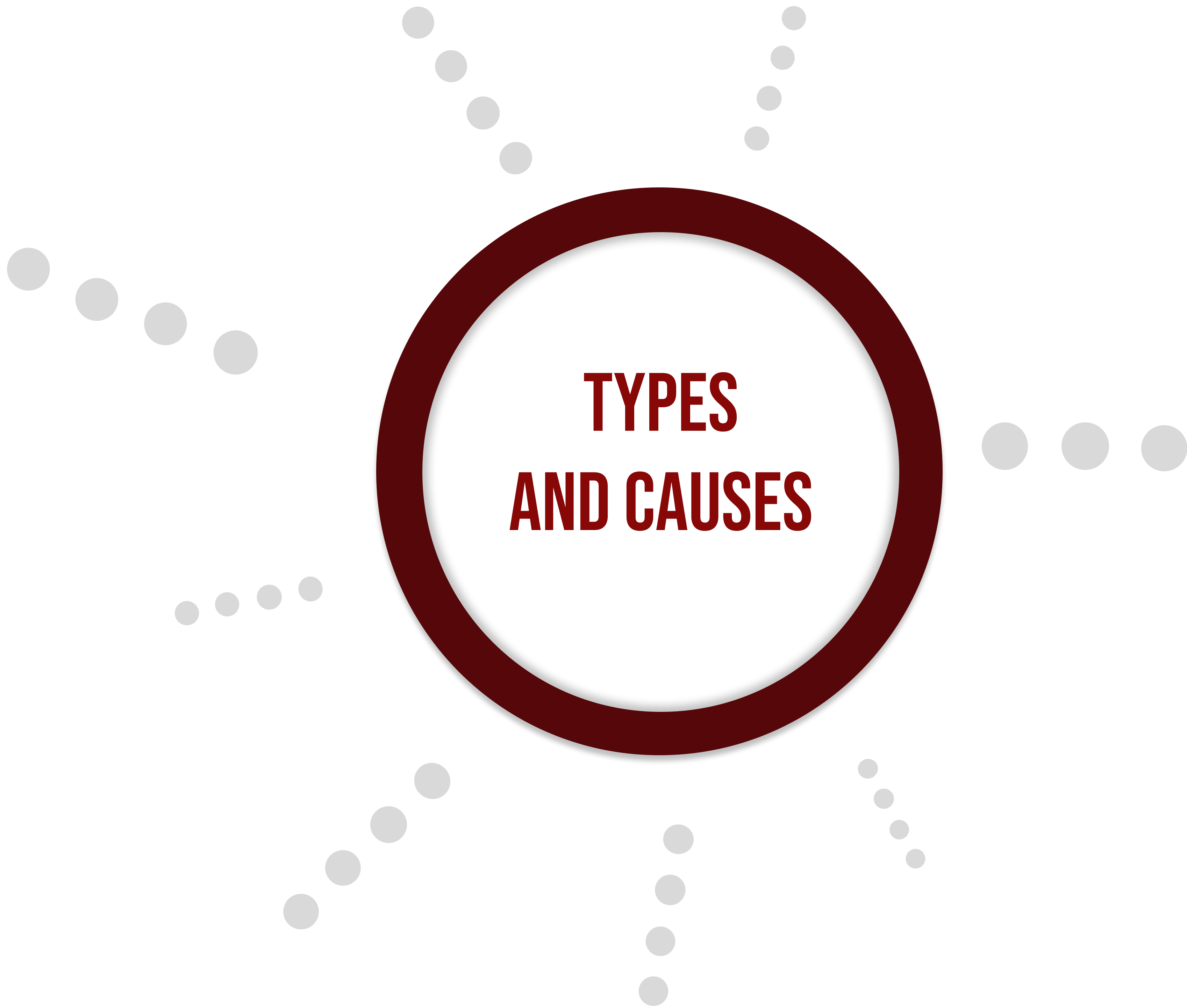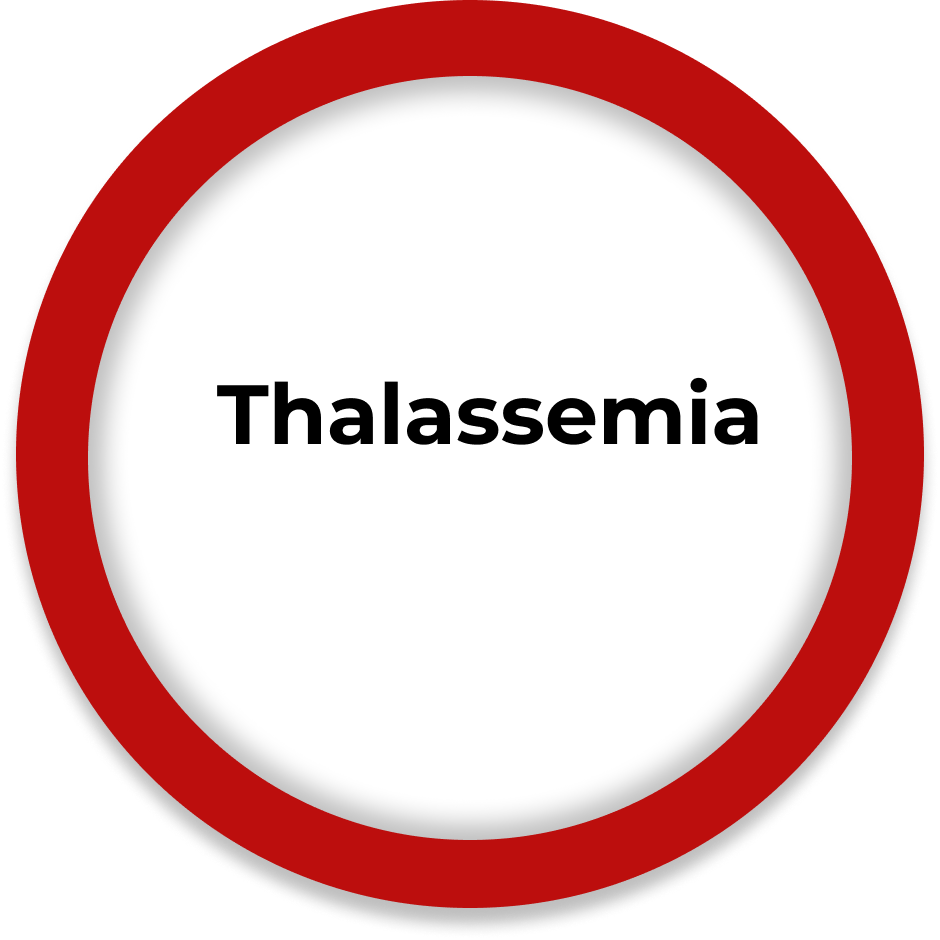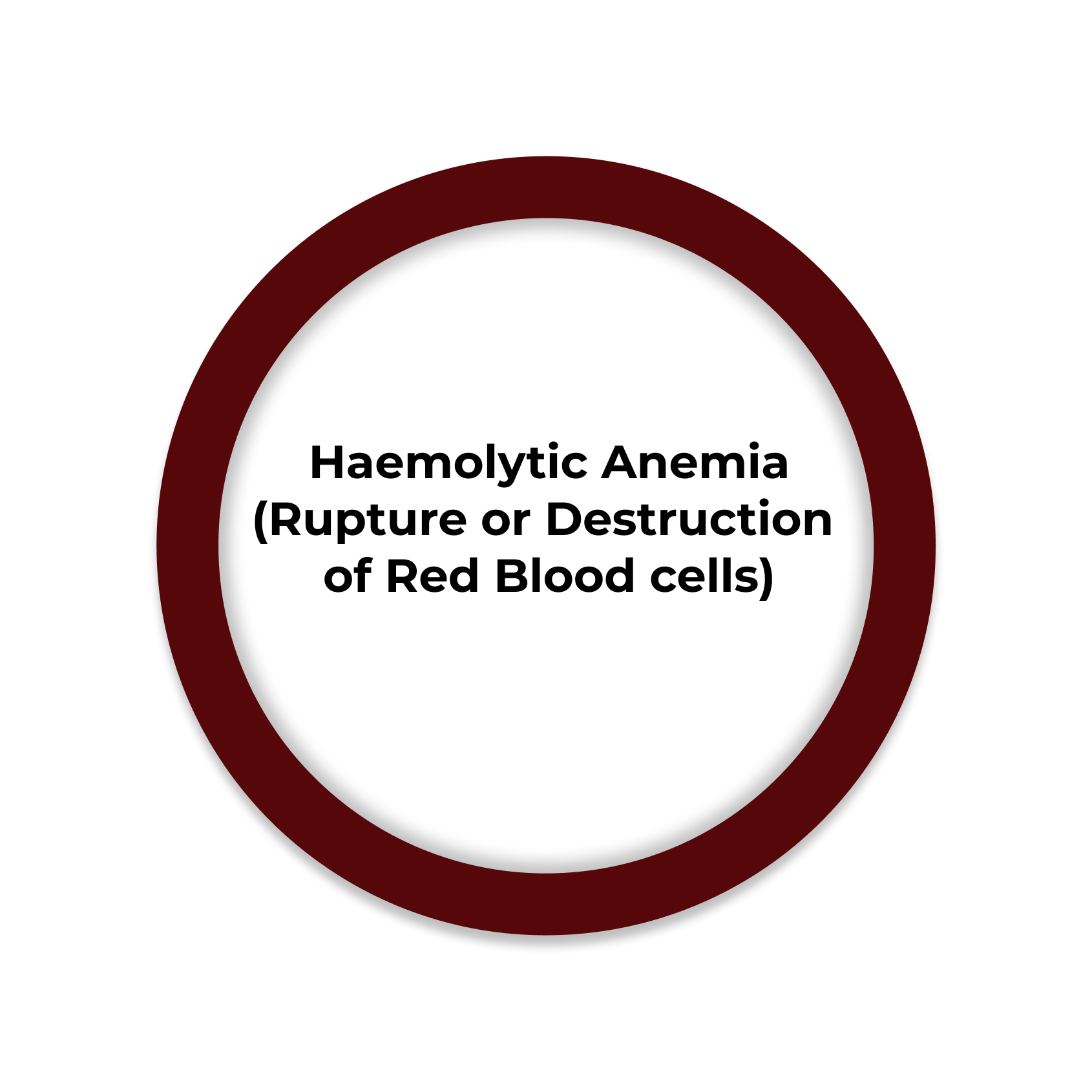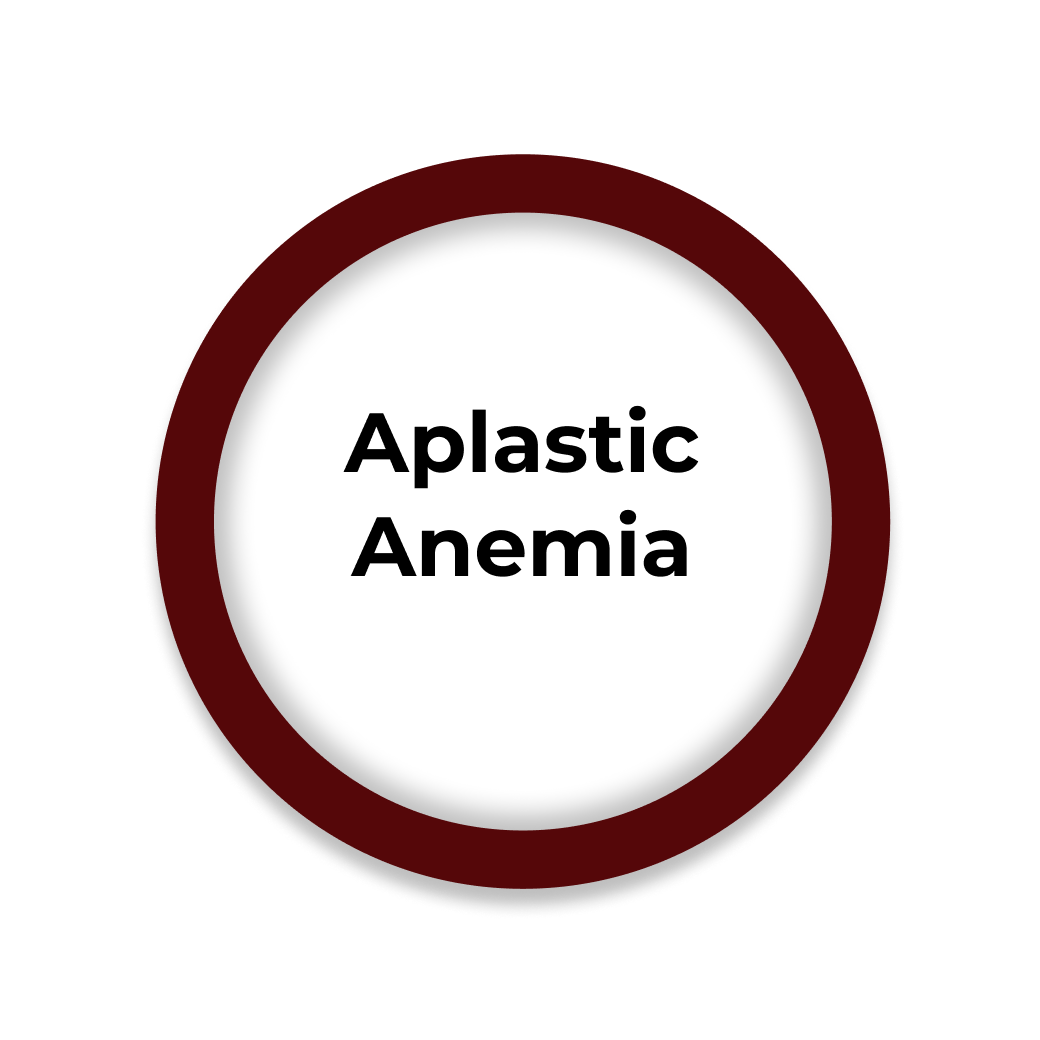










Some conditions that cause anemia are inherited, so having a close family member who has that condition will increase your risk.
Some medications may have an effect on the bone marrow, or on red blood cells, and cause anemia.
.png)
These are times when you need more iron than usual. The amount of iron that you eat during these times may not be enough.
.png)
The amount of iron that you eat may not be enough to replace the amount that you lose from heavy periods
.png)
This may occur with some gut (intestinal) diseases that mean the gut is not as effective at absorbing iron - for example, coeliac disease and Crohn's disease.
.png)
Some conditions of the gut can bleed enough to cause anaemia. You may not be aware of losing blood this way. The bleeding may be slow or intermittent and you can pass blood out with your stools (faeces) without noticing.
.png)
If you eat a poor or restricted diet. Your diet may not contain enough iron.
.png)
If you have a chronic condition, such as heart failure or kidney disease, you are also at risk.
A simple blood test can measure the amount of hemoglobin in your blood and count the number of red blood cells per milliliter (ml). Although this test can confirm that you are anemic, it does not identify the cause of your anemia.
Sometimes the underlying cause is obvious. For example, pregnant women and women who have heavy menstrual periods may commonly develop iron-deficient anemia.. In these situations, no further tests may be needed and treatment with iron supplements may be advised.
However, the cause of the anemia may not be clear and so further tests may be advised. Some causes of anemia are more serious than others and it is important to find the reason for anemia.
A The treatment of anaemia depends on the underlying cause. For people with iron-deficiency anaemia this may simply be iron along with Multivitamin tablets.

People who do not respond well to medication may be offered a blood transfusion if they are having severe symptoms.

Those with B12 deficiency will need Vitamin B12 injections. The injections are usually given frequently at the start of treatment. This quickly builds up the body's store of vitamin B12. Vitamin B12 is stored in the liver. Once a store of vitamin B12 has built up, this can supply the body's needs for several months. An injection is then only usually needed every two to three months to top up the supply.

Folic acid deficiency is treated with tablets in addition to a folate-rich diet. The tablets can be stopped if your diet improves. You may need to continue with treatment if a poor diet was not the cause of folic acid deficiency.

Currently there is no cure for sickle cell disease (SCD) other than a stem cell transplant, so lifelong treatment and monitoring are needed. There are a number of different treatments which help to prevent sickling episodes, or prevent related problems such as infection. Sometimes you might need a blood transfusion. For others it may be a course of vitamins or other more complex treatments.

Anemia of chronic disease cannot be treated by supplements or tablets. Treatments that stimulate the bone marrow to produce more red blood cells are needed.
.png)
.png)
.png)
.png)
.png)
If you have anemia, you may be able to change your diet to include foods which contain more of the vitamins or minerals you are short of. The sort of foods you should eat will depend on whether you are short of iron, vitamin B12 or folic acid.
Not eating foods with enough iron is sometimes the cause of iron-deficiency anemia. Some people who have a poor diet with just enough iron to get by, may slip into anemia if other factors develop
For example, a barely adequate diet combined with one of the following may lead to anemia:
A restricted diet such as a vegan or limited vegetarian diet sometimes does not contain enough iron. There are other causes of iron-deficiency anemia, and these should be checked for by a doctor first, before concluding that you are not eating enough iron. Other causes of iron-deficiency anemia include coeliac disease, or losing blood into the stomach or bowel. See the separate leaflet called Iron-deficiency Anemia.
The amount of iron we need depends on our age and sex. The best sources of iron come from animal products - mainly red meat. However, we get a good proportion of iron from non-animal sources too.
Iron sources include:
Having vitamin C with iron-rich foods will help to absorb the iron more easily. Serve up meals with plenty of vegetables and fruit or have a glass of orange juice with your meal.
Eating meat at mealtimes can also help to absorb the iron from non-animal sources.
Avoid drinking tea with meals as this can actually reduce the amount of iron that is absorbed. Raw wheat bran can also interfere with the absorption of iron so this should be avoided.
We need around 200 micrograms per day of folic acid. However, when planning a pregnancy, and during pregnancy, an additional 400 micrograms are needed, especially for the first 12 weeks of pregnancy. This is usually taken in the form of a supplement, as it is difficult to obtain this required amount through food alone.
Some women should take a higher dose of folic acid on prescription (5 milligrams):
To ensure you are getting the amount of folic acid you need, aim to include 2-3 portions of these sources daily. Moderate amounts of folic acid are also found in foods such as fresh fruit, nuts, cheese, yoghurt, milk, potatoes, bread, brown rice, oats, eggs, salmon and beef.
Try not to overcook foods containing folic acid. Steam, stir fry or microwave vegetables to prevent them from losing too much folic acid.
If you are deficient in vitamin B12, this can impair the absorption of folic acid and the way it is used in the body.
It is unusual to have anemia due to a lack of vitamin B12 in your diet, although strict vegans may be at risk. It is more common to have vitamin B12 deficiency due to a condition called pernicious anemia or gut conditions leading to problems absorbing food.
You can find out all about the causes from our leaflet called Vitamin B12 Deficiency and Pernicious Anemia.
The following foods are good sources of vitamin B12. Including these foods regularly in the diet should help to prevent vitamin B12 deficiency:
If you are vegan, aim to include foods that are fortified with vitamin B12, at least three times a day. If these foods are not consumed in adequate amounts, the Vegan Society recommends a vitamin B12 supplement of 10 micrograms per day.